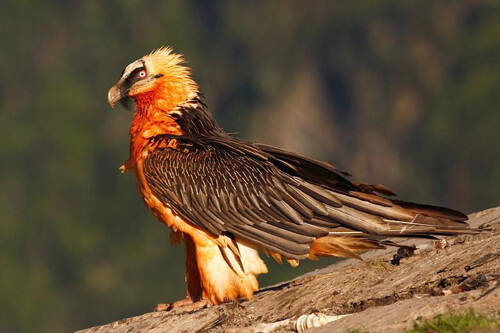
Gypaetus barbatus
Gypaetus barbatus,Bearded Vulture,Bearded vulture, bearded vulture, bearded vulture, bearded vulture
Bearded Vulture, also known as Bearded Vulture, has three subspecies.Bearded···
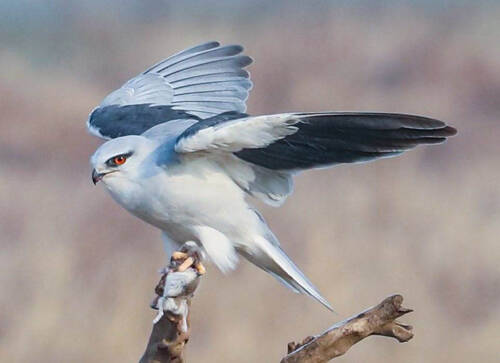
Elanus caeruleus
Elanus caeruleus,Black-winged Kite,Ash owl
Black-winged Kite is a small bird of prey with 5 subspecies.In most areas, b···
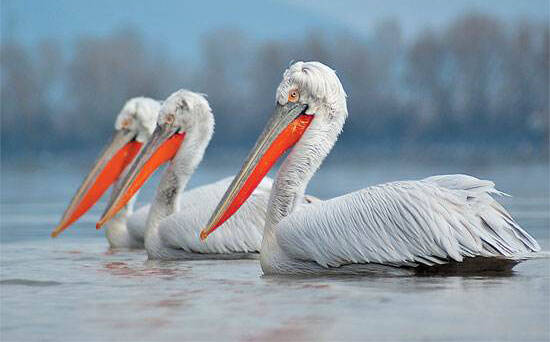
Pelecanus crispus
Pelecanus crispus,Dalmatian Pelican
The Dalmatian Pelican, whose foreign name is Dalmatian Pelican, is a large w···
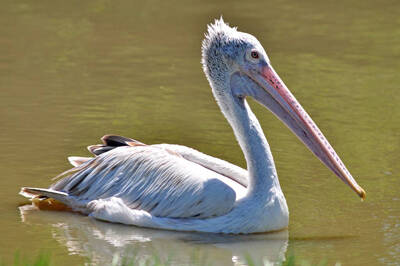
Pelecanus philippensis
Pelecanus philippensis,Spot-billed Pelican,Pied-billed pelican, pelican, river escaping, goose, gannet, river escaping
Spot-billed Pelican, also known as Spot-billed Pelican, has two subspecies.S···
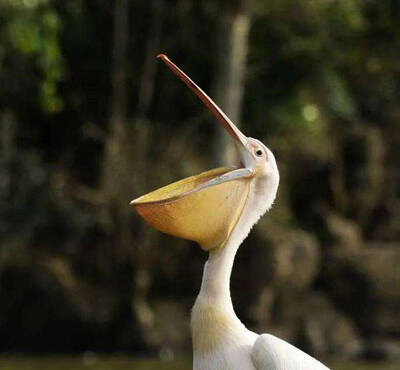
Pelecanus onocrotalus
Pelecanus onocrotalus,Eastern White Pelican,pelican, troll, gannet, pelican
White Pelican is called Eastern White Pelican in foreign language. It is a l···
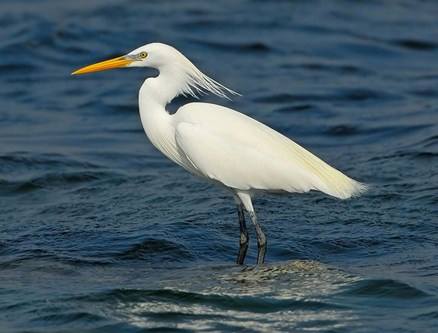
Egretta eulophotes
Egretta eulophotes,Chinese Egret,White cocoon, Shiraoi
The Chinese Egret is a medium-sized wading bird with no subspecies.The Chine···
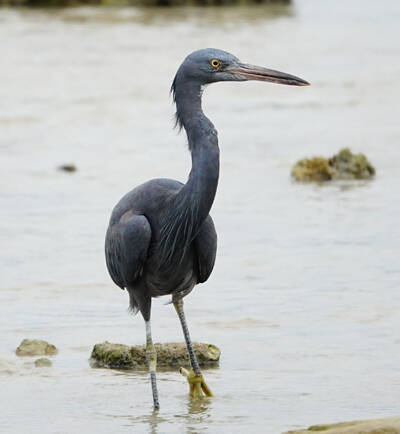
Egretta sacra
Egretta sacra,Pacific Reef-egret,Pacific Reef Heron, Eastern Reef Egret
Pacific Reef-egret is a medium-sized wading bird with two subspecies.Pacific···
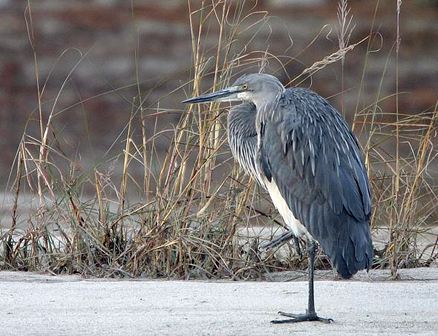
Ardea insignis
Ardea insignis,White-bellied Heron,Imperial Heron
White-bellied Heron is a large migratory wading bird with no subspecies.Whit···
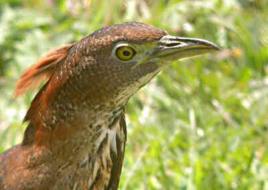
Gorsachius goisagi
Gorsachius goisagi,Japanese Night-heron,Chestnut-headed Night Bittern, Chestnut-headed Tiger Bittern, Heron
The Japanese Night-heron is a migratory bird that breeds in Japan. Except fo···
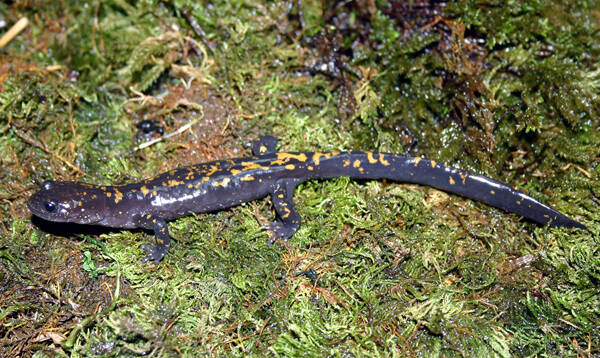
Pseudohynobius flavomaculatus
Pseudohynobius flavomaculatus, baby salamander, baby salamander
The yellow-spotted Hypoderma davidiana lives in high mountainous areas with ···
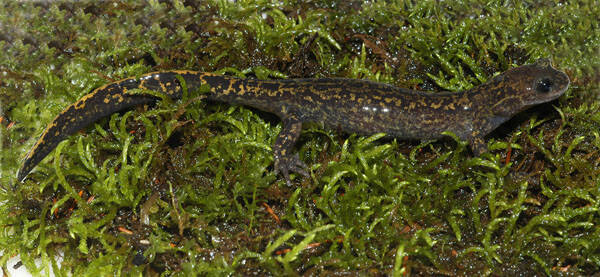
Liua tsinpaensis
Liua tsinpaensis
Habitat: This salamander lives in and near small mountain streams at an alti···
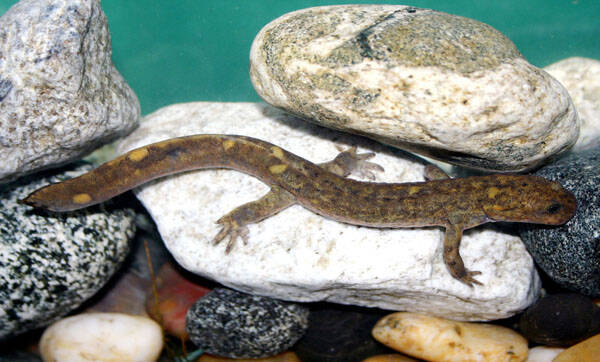
Liua shihi
Liua shihi,Babirusa
Habitat: This salamander lives in mountainous areas with an altitude of 900 ···
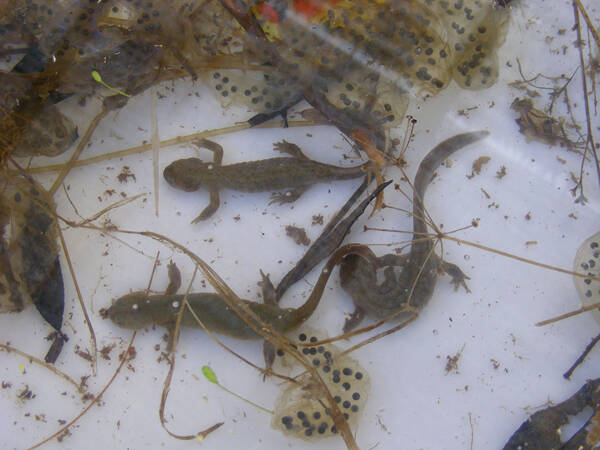
Salamandrella keyserlingii
Salamandrella keyserlingii,Water snake
The Arctic salamander, also known as the water snake, can be called a "···
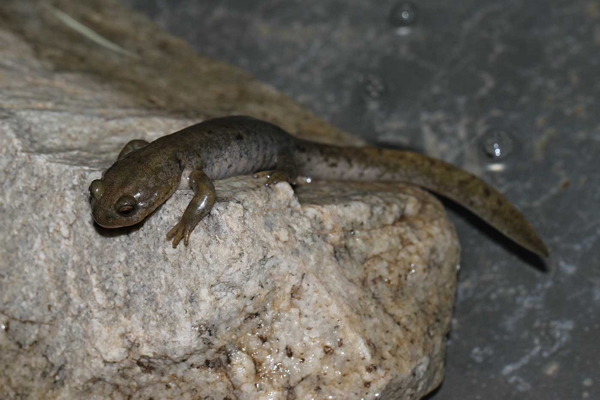
Salamandrella keyserlingii
Salamandrella keyserlingii,Giant salamander, water lizard
The Xinjiang giant salamander is commonly known as the giant salamander or t···
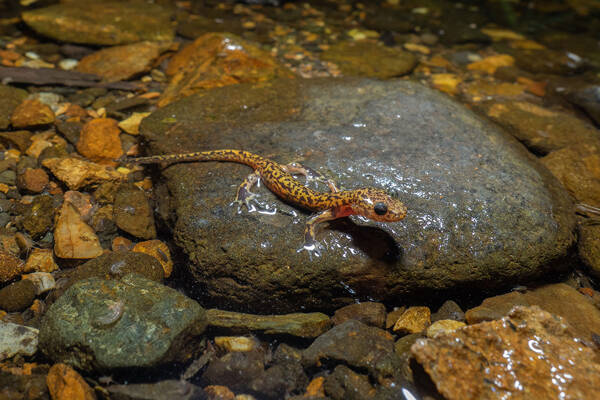
Onychodactylus zhangyaping
Onychodactylus zhangyapingi,
The Jilin clawed salamander (scientific name Onychodactylus zhangyapingi) is···
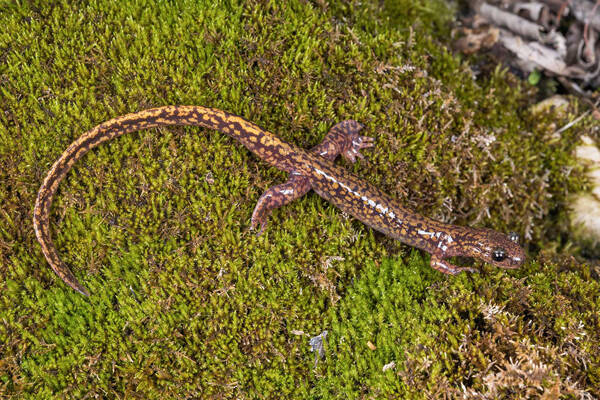
Onychodactylus zhaoermii
Onychodactylus zhaoermii
Liaoning clawed salamander is endemic to China. It is found in densely veget···
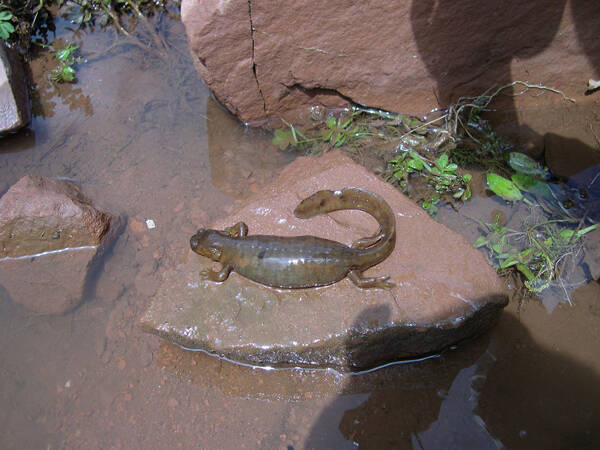
Protohynobius puxiongensis
Protohynobius puxiongensis
Puxiong Prosaurus is a tailed amphibian of the family Hynantheidae and genus···
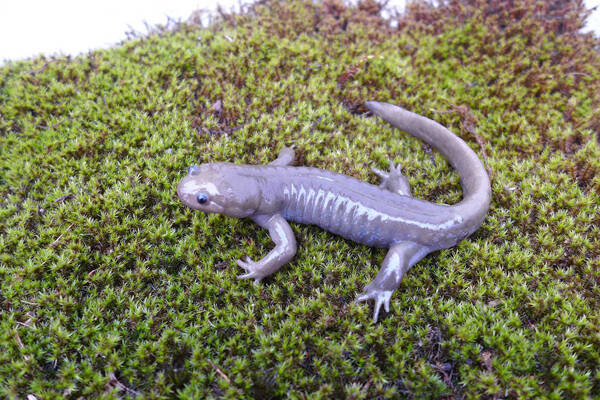
Hynobius maoershanensis
Hynobius maoershanensis,Maoershan Hynobiid
The Maoershan Small Salamander lives in the swamps and surrounding areas of ···

Hynobius guabangshanensis
Hynobius guabangshanensis,South Henan Small Salamander, Qishan Little Elf, Qiyang Small Salamander, Giant Salamander
The Guabangshan Small Salamander lives in Guabangshan in Qiyang, Hunan. The ···
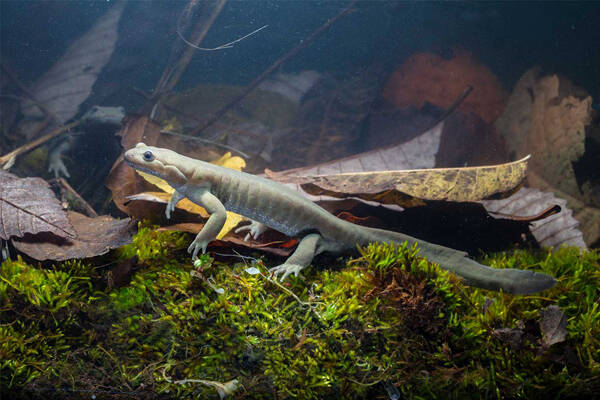
Hynobius chinensis
Hynobius chinensis,Chinese Salamander
The Chinese salamander (scientific name: Hynobius chinensis) is an animal of···
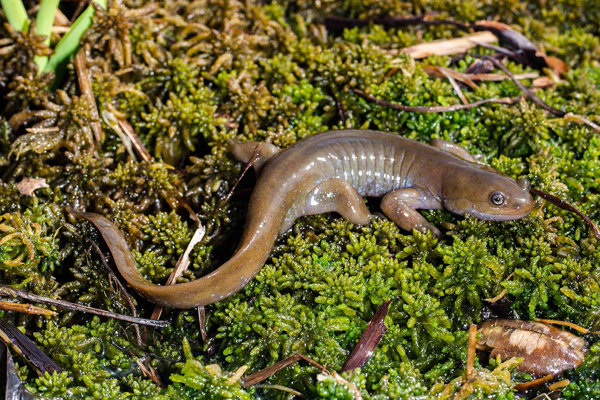
Hynobius amjiensis
Hynobius amjiensis,anji hynobiid
Anji Hynobius amjiensis is an amphibian of the Hynobiidae family and Hynobiu···
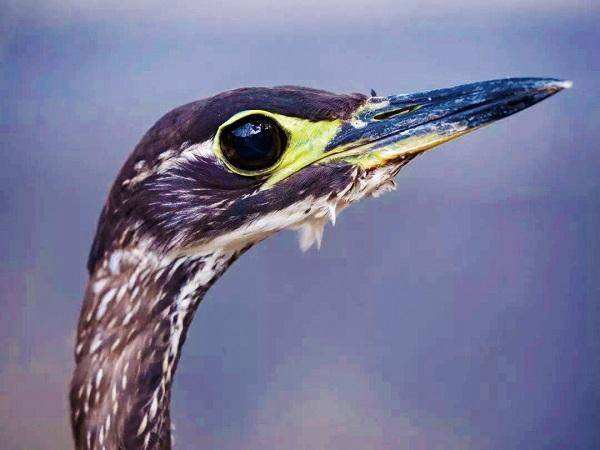
Gorsachius magnificus
Gorsachius magnificus,White-eared Night-heron,Hainan night bittern, Hainan tiger bittern, white-eared night heron
Hainan bittern is called White-eared Night-heron in foreign language. It is ···
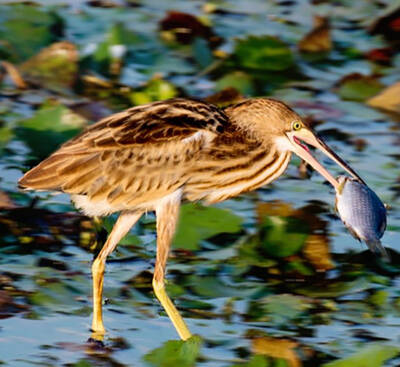
Ixobrychus minutus
Ixobrychus minutus,Little Bittern
Little Bittern, also known as Little Bittern in English, is a small wading b···
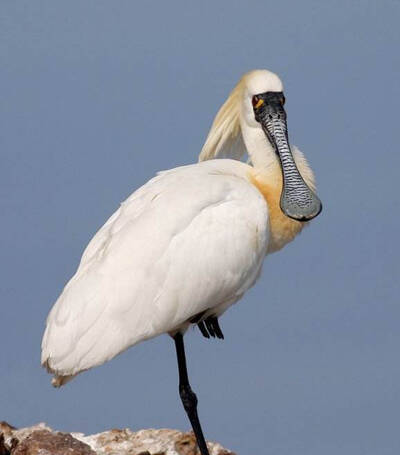
Platalea minor
Platalea minor,Black-faced Spoonbill,Black-faced Spoonbill, Spoonbill, Spoon-billed Spoonbill, Spoon-billed Spoonbill, Little Spoonbill, Spoon-billed Goose
Black-faced Spoonbill is a medium-sized wading bird with no subspecies.The B···
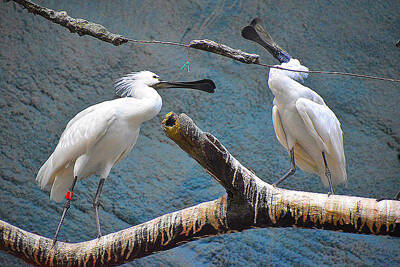
Platalea leucorodia
Platalea leucorodia,Eurasian Spoonbill,Spoonbilled Heron, Spoonbilled Heron
The Eurasian Spoonbill is a large wading bird with three subspecies.The popu···
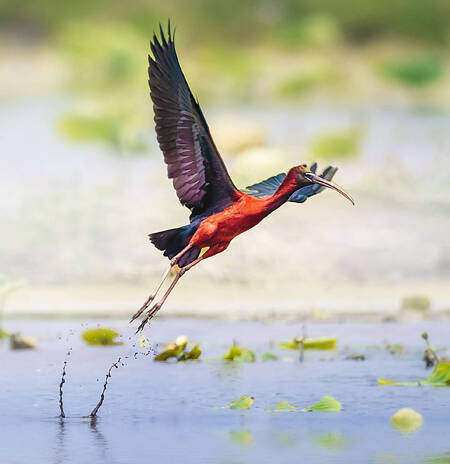
Plegadis falcinellus
Plegadis falcinellus,Glossy Ibis
The Glossy Ibis, also known as the Glossy Ibis in English, is a dark chestnu···
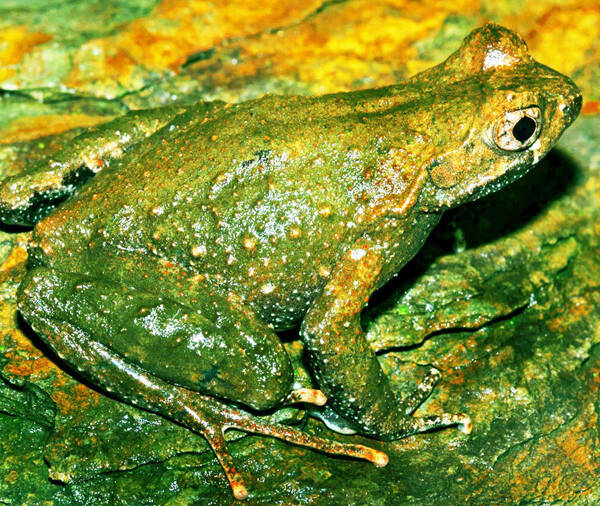
Boulenophrys baolongensis
Boulenophrys baolongensis,Baolong Heterohorned Toad
The dragon-horned toad hides under the rocks or in the grass by the stream d···
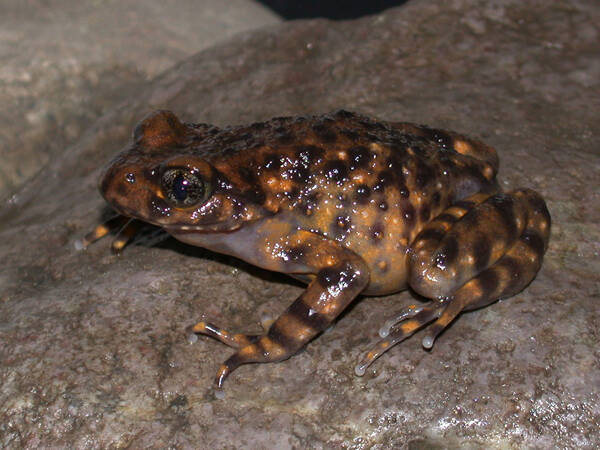
Oreolalax liangbeiensis
Oreolalax liangbeiensis,Liangbei tooth-shaped toad
The appearance of Liangbei toothed toad is similar to that of Oreolalax majo···
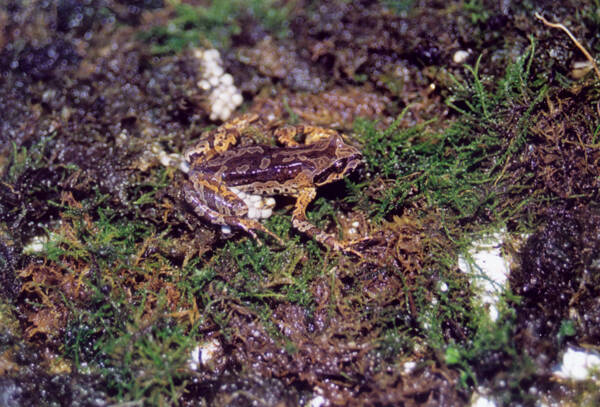
Scutiger chintingensis
Scutiger chintingensis,Golden-necked Toad
The golden-crowned toothed toad is flat and narrow, with a head that is almo···
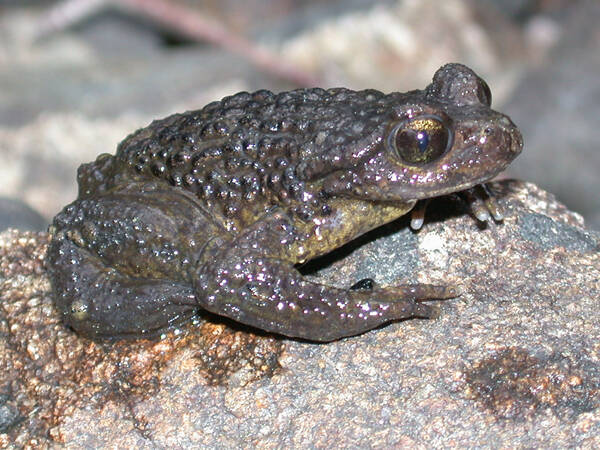
Scutiger jiulongensis
Scutiger jiulongensis,Kowloon Cat's Eye Toad
The dragon-toothed toad is an amphibious wild animal of the Anura order and ···
